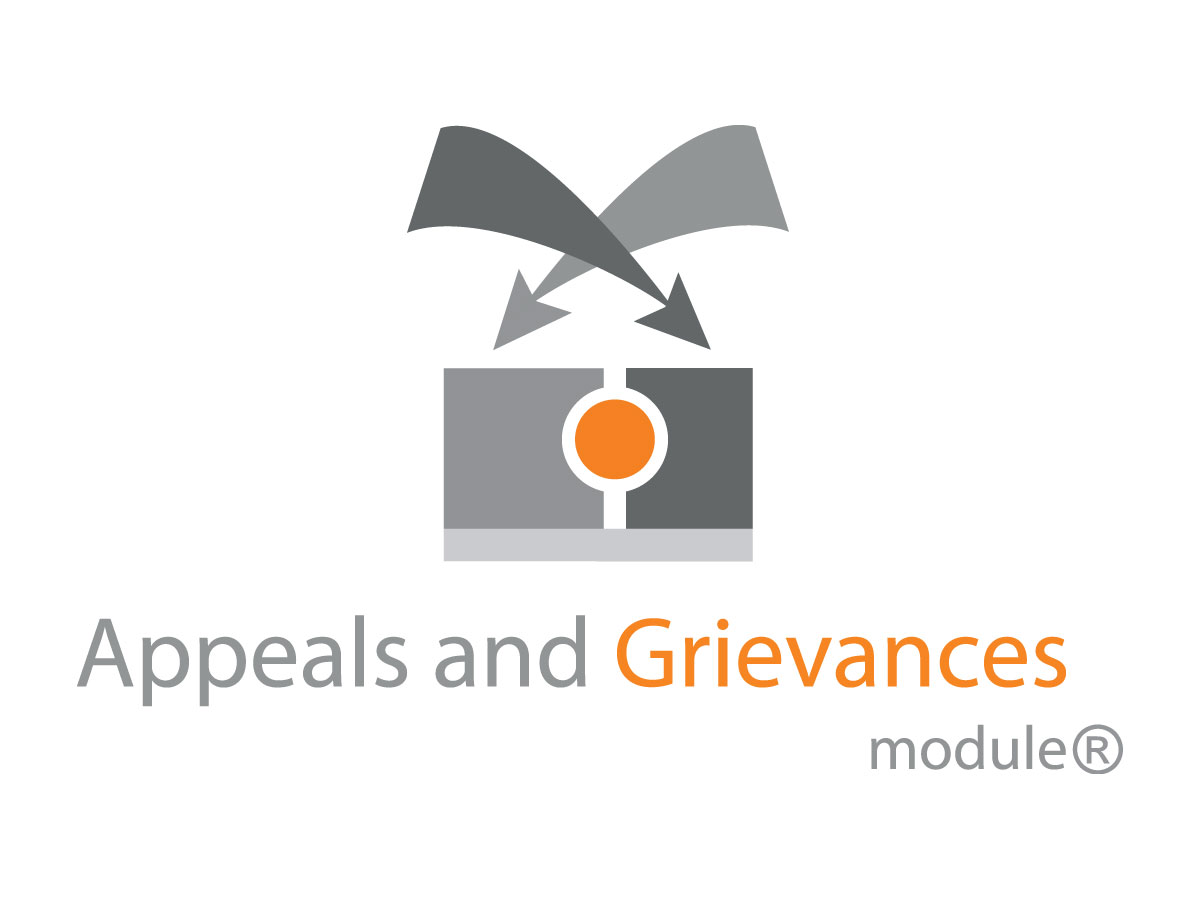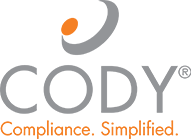Appeals & Grievances—How to Measure & Improve Workflow Efficiency
In today’s managed care world, health plans must rely on complex, time-sensitive, heavily regulated, and repetitive processes to manage their Appeals & Grievances (A&G). No matter how well-designed your workflow is, there is always room for improvement. In fact, by taking a closer look at your A&G processes, you may be surprised at the challenges and opportunities you will discover. To make changes and improve efficiency, it’s essential to understand the current operations fully.
“Efficiency is doing better what is already being done.” – Peter Drucker
To improve your current A&G processes, start with the following steps:
#1: Interview Key Employees
Process improvement starts by interviewing key employees who are knowledgeable and have experience with the A&G process. Their feedback and suggestions are essential to gain details others may not know or consider. Here are a few questions to ask:
- What’s working and what’s not?
- What’s your least favorite process to follow and why?
The “why” will reveal areas to focus on for process improvement.
#2: Map Out Existing Appeals & Grievances Workflows
Map out each step in your existing workflows in an easy-to-follow diagram and include the time needed for each task.
Mapping out the process makes it easier to see the big picture and the small details. From here, you can generate a list of what may be your process offenders. Here are some things to consider:
- Are there too many steps?
- What are your specific decision points?
- Do all required steps have clear accountability?
- Can you identify what causes delays and risks?
- What does and does not add value to the end user?
#3: Value Added vs. Non-Value Added vs. Required
What’s really needed in your process, and what actions can be skipped? Every step within your A&G process either adds value or does not. Non-value-added items are considered waste and make your process inefficient. However, some required steps don’t add value but must be done. Even if you identify a non-value activity in your process required by regulation, it can still be optimized.
#4: Analyze & Measure Workflow Efficiency
Is your process working as it should? How long does your current process take? Once you have mapped out your existing workflows, assigned time for each process activity, and identified value and non-value-added steps—you are ready to analyze and measure your workflow efficiency by seeing how long it takes on average to complete one workflow. To determine the value-added time, identify all the non-value-added items (that are not required) and subtract the total number of days from the total time of your process.
To calculate the percentage of your entire process (including value-added actions), divide the Value-Added Time by the Total Process Time.
Process Cycle Efficiency = Value-Added Time / Total Process Time
For example, how long does it take to process a Part C Pre-Service Standard Reconsideration request from intake to completion? If you determined that your value-added time was 7 days and your total process time was 30 days, you would get the following result using this formula: 7/30 = 0.21
Meaning 21% of your entire Part C Pre-Service Standard Reconsideration process has value-added actions.
Is your percentage of value-added actions too low? What can you do to make it more efficient?
#5: Improve Process Efficiency with Automation
Manual vs. Automated
Manual processes depend on the individuals’ ability to add, edit, update, review, and validate the data. Manual processes take more time and have a high percentage of risks. Automated software takes the guesswork out of a complex process and saves time and money.

We’re Here To Help—The CodySoft® Appeals and Grievances Module® addresses the administrative complexity of the process from intake to aggregate outcome reporting, eliminating manual and inefficient activity, reducing case errors and missed deadlines, and improving compliance.
CODY® has the team, expertise, and state-of-the-art technology to support health plan operations, improve performance, and ensure compliance with industry and regulatory standards.
To learn how to improve workflow efficiency in your A&G process, contact us today for a consultation.
About us: CODY® works with over 70 government-funded, commercial, and ACA health plans across 50 states and Puerto Rico. We help align internal operations with CMS guidelines to improve regulatory compliance, maximize performance, and streamline member/provider communications across the enterprise. CodySoft® and Membership Suite™™, our proprietary suites of software, are designed specifically for health plans. www.codyconsulting.com
